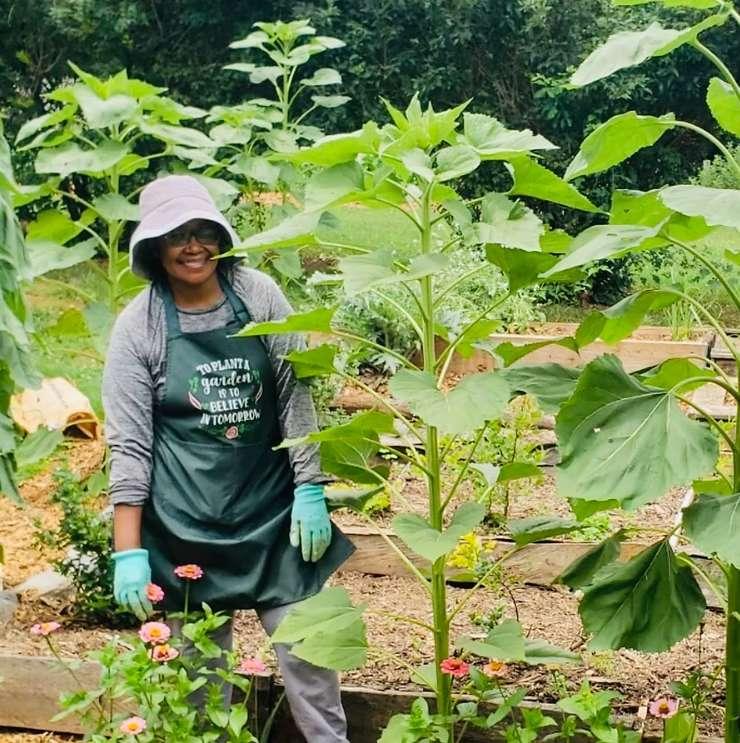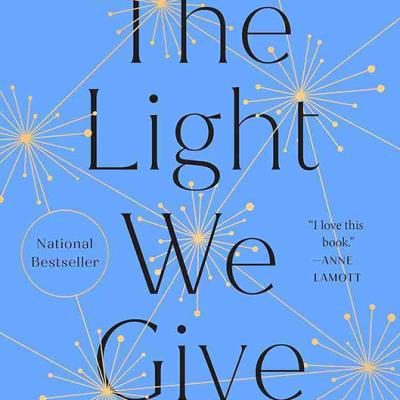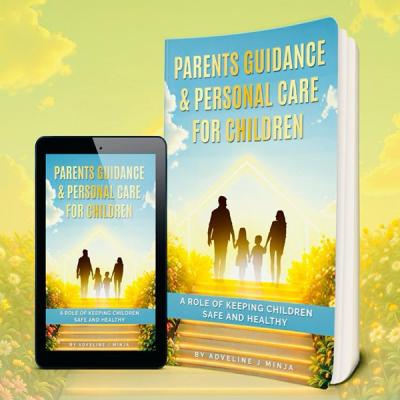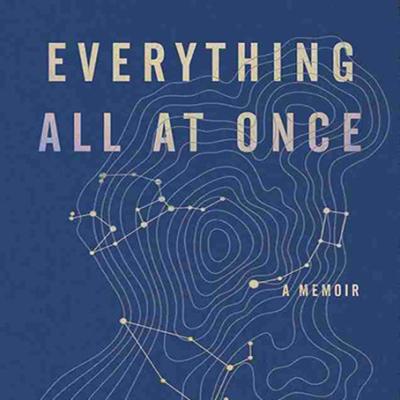Making The Garden for The Beginners!

Making the garden is one of the pleasantest things to pass the time. For me, gardens, whether looking at them-what is blossoming there or gardening, thus, bringing plants to life, is a therapeutic art with a double dividend to my body’s healthy. Gardening can be a life-changing process that only nature can afford you- a promising health development from what you rip and what your body gains. Nature mends our bodies in a way we may not know the cause and effect of gardening; whether spending time outdoors, walking, hiking, or gardening, the interactions with nature-nurture our body, mind, and spirit.
When Angie saw my garden last year, she envied it and asked, “Can I make the garden too? Of course, Angie! Anyone can make a garden. So, Angie chose to start a garden. Looking at where she can start her garden, she decided her backyard is the best place. First, it’s closer to home, no traveling is needed, and Angie can tender her garden any time she likes, a double bonus for a closer location.
Also, instead of sweating mowing and tendering the grass, she will be sweating growing her own garden… Transforming her backyard section into a mini garden brought so many joys to Angie. She now enjoys working in the garden to unwind and reconnect with nature. She also sees her children take an interest in gardening, and the beauty of growing your own garden for some local yet fresh produce from her garden to her kitchen and to share with her friends delights her. She is tendering, loving, and caring for a vegetable garden, growing her favorite vegetables, and loving the adventure of watching the seeds grow into edible plants or fruit.

Indeed, we need some inspiration, a little push, and assurance that, yes, “You Can Do It.” Responding to or reciprocating to your desires depends on your willingness to try.
First Time Gardener?
No sweat! Anyone can garden if they have the desire. Even your first-time garden can succeed if you put some TLC (tender love & care) into it, plan it carefully, and work joyfully.
(First-time gardener success harvests)
I started my garden small and increased the size and the varieties of plants every year. Starting small is an ideal undertaking for a starter and non-botanists or non-horticulturists. In other words, you don’t have to be a botanist or horticulturist to have a successful garden, but you must have a mind of a conservationist to interact responsibly and effectively with your garden…Thus, gardening success involves a degree of curiosity about nature, both living and nonliving things, good and constant observation, and monitoring of the interaction of the two (living and nonliving things) with nature.
A small garden comes with less stress and is manageable-small enough to grow just enough supplement for your family’s consumption, famously known as a kitchen garden, and if you are like me-into serious gardening, you can expand it later if there is room for expansion, and after you have learned some basic rules of gardening successfully. You can have a small garden, plant varieties, and harvest more than you can consume.
When you have a successful harvest, you can preserve your harvest until the next season, and extra for friends, or donate to the food bank and local market. Yet, you can have a sideroad stand, especially during summer/street summer market, and sell the rest to return your seeds and time you put into your garden if applicable. The small gardens may help make not only credible food accessible but also affordable. Nothing is more credible than fresh, locally grown foods.

I have always loved gardening, whether indoor plants, containers, vegetables growing on my patio, or outdoor gardening.

Though gardening may not be for everybody, making one is not an intimidating phenomenon… I was first exposed to and learned the art of gardening from my parents (both my Mama and Baba loved gardening)
when we were growing up. Afterward, at my elementary and secondary schools, gardening was part of the lesson activity we all must engage in at all grade levels- from plowing the garden, planting the seeds, weeding, and harvesting; even cookery lessons where we cooked what we harvested. Those were the good old days when you received a well-rounded education. Home economics education (gardening, cooking, and sewing) was the lesson activities that every student must participate in, and it paid off for me for it created and left a lifetime foundational skill in those areas of activities. It’s no surprise that, even when I live in the apartment, I plant house plants and vegetables in the containers.

The year 2020 holds a place in history as the unforgettable year of catastrophic tragedies brought on by the COVID-19 outbreak that shut down the whole world-people, businesses, and the whole world economy locked down. And as the saying goes, “You cannot cage people, for they are social animals” People find ways to overcome the loneliness of lockdowns and social distancing to pastime and to get their minds out of the intimidation and pervasiveness of the coronavirus pandemic. Hence forged new skills and hobbies rekindled-some gardened for the first time, and others learned the art of painting, drawing, music, knitting or crocheting, etc. Many new skills forged during the COVID-19 lockdown persist to date, which is a plus or a blessing in disguise.
While my friend Cecie revitalized the lost interests and hobbies in knitting and crocheting, I, on the other hand, got more involved in expanding my garden. It started when I grew too much on my patio, and my old neighbor who has land on their property allowed me to plant my extra seedling on their land, and the serious gardening adventure began. I embraced outdoor gardening even more to date, not because it got me through the COVID-19 scare and its many ills but because I have discovered that nature resides in me and feeds my body, mind, and spirit.
Essentials of Making the Garden Planning: Plan your garden. The success of your garden depends on the planning. Planning is a crucial ingredient for successful gardening which
means a good harvest and a payoff for your time committed to gardening and other things, such as the costs of seeds and care for the soils and plants to grow well. With the planning goes the decision about the kind of garden you want and like-plants vegetables and fruits (medicinal, herbs, spices) or a flower garden.
Style of the garden: What style of garden do you prefer-a raised bed or a flat plain garden…for a beginner, a rectangular garden is the easiest to start with and work through, but it doesn’t have to be rectangular if you cannot make it to that shape. Just make it easy to navigate in terms of bringing the plants to their best growth-easier access to the area during watering or bringing in other garden essentials-soil, mulch, harvesting, cleaning, etc.
The season for Gardening: What time of the year do you like to garden? Gardening can be a year-round activity (year-round gardening may require the application of green-house farming techniques, especially in areas with four seasons), or you can opt for a specific season. If you reside in a place with four seasons, deciding which season to garden is not only what season you prefer, but it determines what grows best in each season. Each season comes with its challenges. Whether it is a Spring Garden, Summer Garden, Fall Garden, or Winter Garden, the timing of your planting and the types and varieties of plants that grow well for each season are worth studying and knowing the basics. The types of plants you choose to grow (Annuals, Biennials, or Perennials), knowing the lifetime of the plants you like to plant is significant as deciding which season to grow your garden. Knowing the lifetime of the plants you want to plant has three important advantages:
i) It helps you make a better decision about the care the plant requires.
ii) To know the size of the plant and the space it needs for its full growth, and whether such type of plant is supported by the weather of the season you like to garden.
*Annual plants grow from seed, bloom, and die in one year.
*Biennial plants complete their growth in two or three years.
*Perennial plants live for several years.

iii) To know and note the planting time or dates for each type of plant. Whether it is vegetable or flower, knowing the planting season and conditions that allow seeds to germinate, sprout, and blossom well is crucial. Some seeds can be put on the ground before the last killing frost in Spring for those in four weather cycles, but other seeds must be planted only when it is warm. When you don’t have conducive weather and conditions for seeds to germinate, sprout, and blossom, nothing else can make the plant grow well…sometimes mother nature can interfere and affects all the efforts you have put into your plants to grow well…the key is to be observatory and adjust accordingly and on a timely manner.





 Safety
Safety




